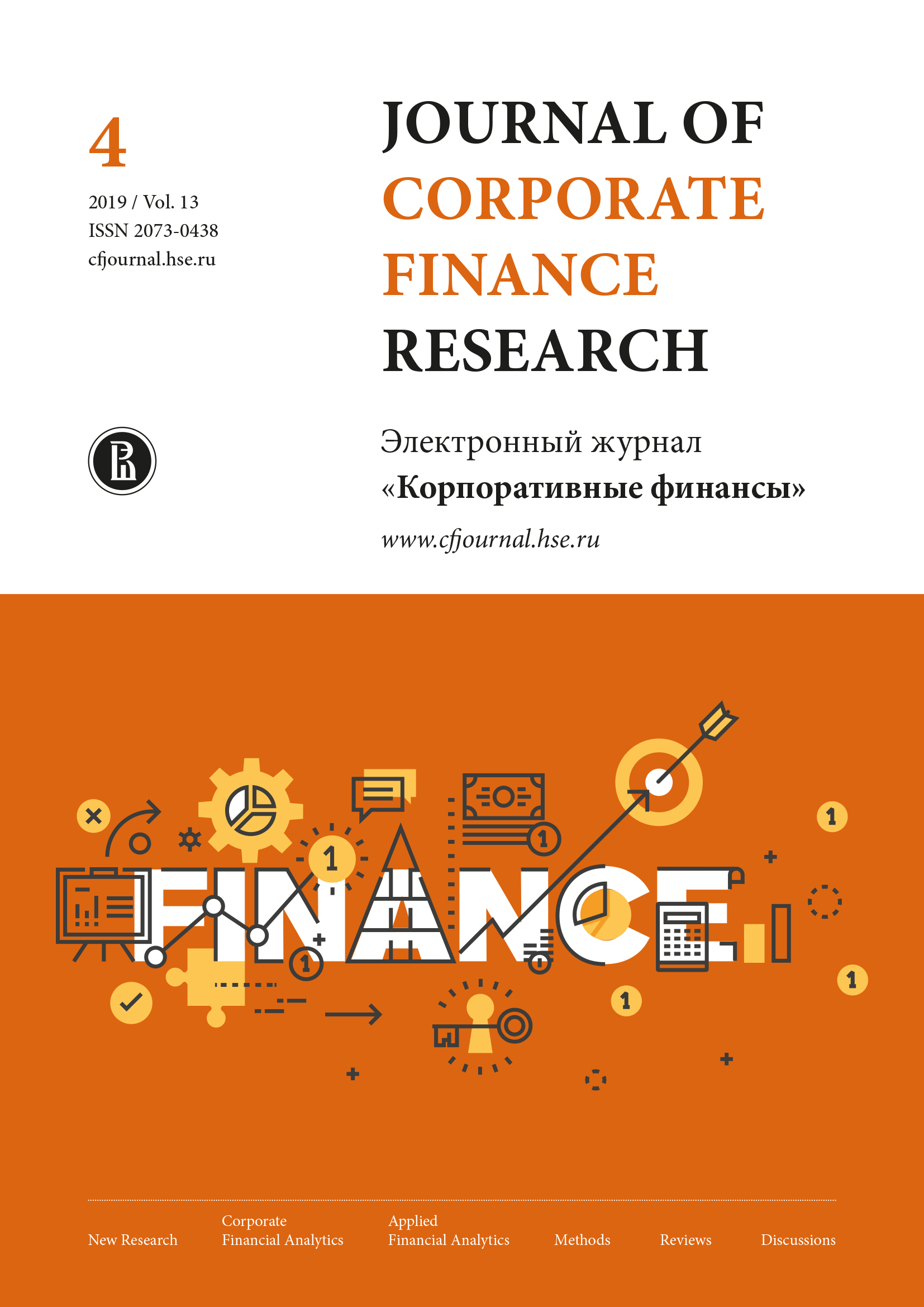Corporate Bankruptcy Prediction Using the Principal Components Method
Abstract
A huge number of articles and papers are devoted to the study of bankruptcy prediction problems. In attempting to solve the problem of predictive ability, many difficulties arise due to the processing of data and the necessity of choosing between appropriate models and algorithms. Efficiency is formed on the basis of three key aspects, namely tools, data quality, and algorithms. Efficiency in this regard, may also be postulated to be achieved based on the correct formulation of the problem itself.
Therefore, in this article we study the quality of methodologies for assessment of business solvency of Russian companies with a view to improving bankruptcy predicative capability. On the basis of a literature review, 35 indicators representing profitability, liquidity, business activity, capital structure, debt servicing, growth opportunities, and company size were used, and problems in relation to bankruptcy were re-evaluated using the method of neural network modelling. To do this, we propose an effective prediction algorithm, which is presented in comparison with conventional parametric methods.
With the use of the principal components method of neural networks, our results identify and contextualise key turning points that could lead to a destabilisation of the company's normal operations. It was found out that use of the principal components method does not increase the predictive power of the model in comparison to the use of the variables selected separately from each group of factors. However, we demonstrate that the model we proposed correctly classifies, on average, more than 94% of observations across the sample of small, medium, and large Russian businesses.
From a scientific point of view, this research presents a novel method for increasing the predictive power of the bankruptcy model. On the practical side, our results may be easily implemented into any effective corporate strategy. The extremely high predictive power of the model will interest investors, banks, and other creditors to foresee potential financial problems of companies with a greater accuracy. However, improvement of its predictive power might be achieved by using even more sophisticated algorithms because the methods applied in practice are invariably reduced to standard parametric methods with low predictive power. For further study of this issue, it would be interesting to consider the problem of accuracy in processing lost or missing data, by applying genetic algorithmisation and dynamic models.

